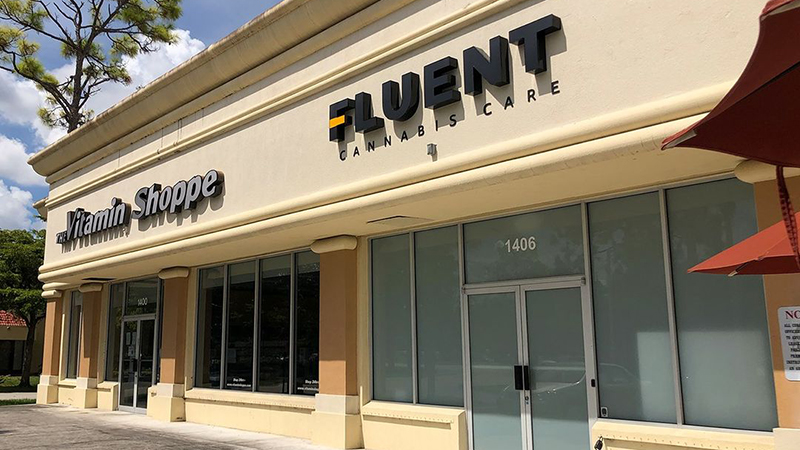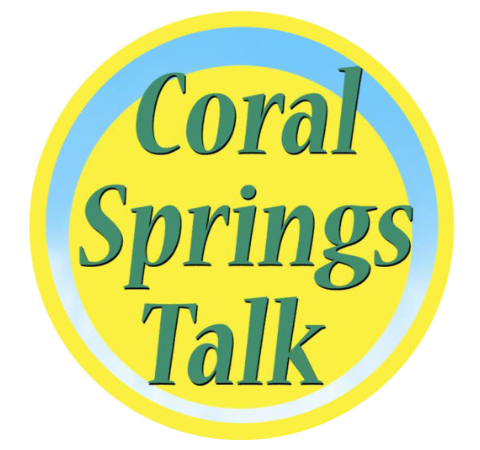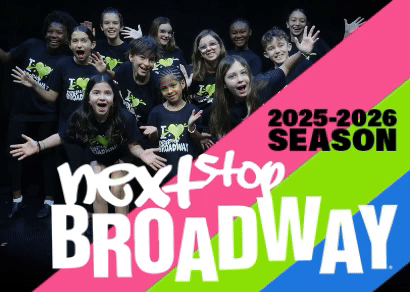
Fluent in Coral Springs {Fluent}
By Sharon Aron Baron
On 4/20 — or April 20, Americans celebrate a drug that remains primarily illegal in the US.
Recreational marijuana is legal in 18 states, and 40 states, including the District of Columbia and Florida, have legalized medical marijuana.
So how did the number 420 become unofficially recognized as a national holiday for the cannabis culture?
It’s traced back to 1971 in Marin County, CA, where five students at San Rafael High School would meet at 4:20 p.m. by the campus statue of chemist Louis Pasteur. They chose that specific time because extracurricular activities had usually ended by then. The group became known as the “Waldos” because they met at a wall. They would say “420” to each other as code for marijuana.
In 1996, California was the first state to legalize medical marijuana. In 2016, voters went further, approving the Adult Use of Marijuana Act.
That same year, 71 percent of Florida voters passed Amendment 2, legalizing medicinal marijuana. Shortly after, several cities established moratoriums for dispensaries, including Deerfield Beach, Pompano Beach, Hallandale Beach Tamarac, and Coral Springs — because the state had yet established no rules and regulations.
A majority of city commissioners were against dispensaries at the time. However, in 2018, Mayor Skip Campbell and Commissioner Dan Daley’s views on medical marijuana changed. Still, they could not overturn the moratorium as Commissioners Joy Carter, Lou Cimaglia, and Larry Vignola voted to extend it.
Soon attitudes changed after more people learned more about marijuana’s medicinal treatments for pain, Alzheimer’s disease, ALS, HIV/AIDS, Crohn’s disease, Epilepsy and seizures, Glaucoma, Multiple sclerosis and muscle spasms, severe and chronic pain, and nausea or vomiting caused by cancer treatment.
In 2019, after Campbell’s untimely death, Chief Parry warned about homelessness, DUIs, lower property values, and people leaving the city in a presentation given to the city commission. He compared medical marijuana dispensaries to pill mills, painting an ugly, dangerous picture of medical marijuana with the commissioners receiving no alternative representation about the benefits.
Former Commissioner Vignola said, “You’ll see a lot of people leaving. That’s what’s going to happen. Property values will lower.”
In 2019, Daley, Carter, newly elected Mayor Scott Brook, and Commissioner Joshua Simmons reversed the moratorium.
In 2020, Fluent’s first medical marijuana facility opened in Coral Springs, and last October, Trulieve proposed opening in the Cypress Wood Plaza.
So far, there is no evidence of the lone dispensary becoming a “Pill Mill” home values declining — or people leaving.
Initially scheduled for 2022, Florida marijuana activists have officially turned their attention to putting adult-use legalization on the state’s 2024 ballot.
According to Regulate Florida, activists will have two years to gather 222,898 valid signatures to prompt a judicial and fiscal impact review. Then they will need a total of 891,589 signatures to make the ballot.
The measure would allow adults 21 and older to use and possess cannabis. They could also grow up to nine plants for personal use.
Send Your News to Coral Springs #1 Award-Winning News Site Here.
Author Profile

Related
 EventsDecember 29, 2025Former Mayor Gold Leads Tour of Sandy Ridge Sanctuary January 3
EventsDecember 29, 2025Former Mayor Gold Leads Tour of Sandy Ridge Sanctuary January 3 EventsDecember 29, 2025Groovy4Good to Host “Sweat 4 Shelter Pets” Fitness Fundraiser in Coral Springs
EventsDecember 29, 2025Groovy4Good to Host “Sweat 4 Shelter Pets” Fitness Fundraiser in Coral Springs EventsDecember 29, 2025Coral Springs Chamber to Kick Off 2026 With Wake Up Breakfast, Board Installation
EventsDecember 29, 2025Coral Springs Chamber to Kick Off 2026 With Wake Up Breakfast, Board Installation EventsDecember 27, 2025Mutts Gone Nuts! Comedy Dog Show Set for Jan. 17 at Coral Springs Center for the Arts
EventsDecember 27, 2025Mutts Gone Nuts! Comedy Dog Show Set for Jan. 17 at Coral Springs Center for the Arts







